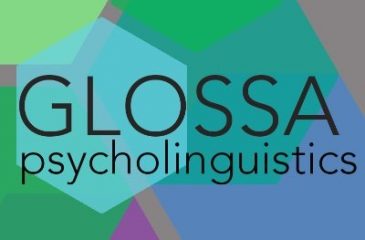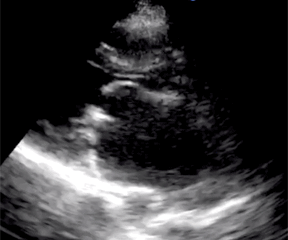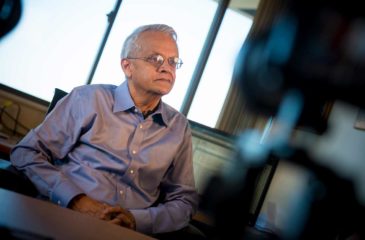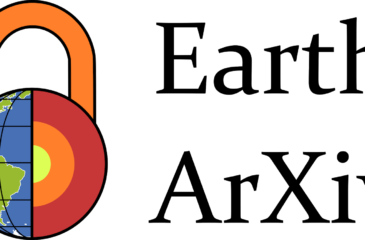Post Tagged with: "OA Innovations @ UC"
-
Glossa Psycholinguistics Publishes First Articles!
The eScholarship Publishing program at the University of California is delighted to announce the publication of the first articles of Glossa Psycholinguistics (GP), a Fair Open Access journal for psycholinguistic research. In their inaugural editorial, the journal’s editors-in-chief Fernanda Ferreira and Brian Dillon describe Glossa Psycholinguistics as “a venue in which research on understanding the psychological and neurological basis of language takes central priority, but which explicitly invites work that bridges many of the various research traditions and paradigms that constitute psycholinguistics, broadly construed. Our hope is that the articles published in GP will explore the human capacity for language […]
-
How the COPIM Project and the UCSB Library are “Scaling Small” toward an open monograph future
The UCSB Library is strongly committed to supporting Open Access initiatives promoting an open, inclusive, diverse, and sustainable publishing ecosystem in which all knowledge producers are equally empowered to publish and disseminate their research without barriers. Given the importance of the monograph to the creation and dissemination of research in the Humanities and Social Science, a shift to Open Access for academic monographs is not only possible but necessary. The UCSB Library’s participation in the COPIM project—including the Opening the Future initiative based on the principle of ‘Scaling Small’—is an important example of UCSB’s institutional commitment to Open Access transformation. […]
-
Podcasts and Publishing: Recentering Historical Research on the Voices of the Past
More and more scholars are discovering the possibilities of podcasting. My recent work on the documentary podcast project Stories from the Epicenter has helped me understand some of the benefits, and challenges, of this medium, including the ways that working in audio can transform a scholar’s relationship with their sources and subject matter as well as the potential of podcasting to engage audiences in new and important ways. Stories from the Epicenter is a ten-part documentary podcast that explores the experience and memory of the 1989 Loma Prieta Earthquake in Santa Cruz County among the communities nearest the earthquake’s epicenter. […]
-
Glossa Psycholinguistics launches on UC’s eScholarship publishing platform
The eScholarship publishing program of the University of California is pleased to announce the launch of Glossa Psycholinguistics, a new journal publishing original research and theoretical reviews in psycholinguistics, broadly defined. The journal is committed to open access and open science. Published articles will bring together empirical and theoretical perspectives, illuminate our understanding of the nature of language, and make use of a broad range of behavioral, experimental, computational, and neuroscience approaches. Glossa Psycholinguistics is a spinoff of Glossa: a journal of general linguistics. “The field of psycholinguistics has long recognized the need for a scientifically credible open access publishing […]
-
Doing it Right: A Better Approach for Software & Data
Researchers at UC and around the world now have access to streamlined workflows for publishing their research data and software – and linking the two – through Dryad and Zenodo. UC campuses and California Digital Library have long invested in open data initiatives and support for data publishing. In 2018, CDL partnered with Dryad, an open access data publishing platform. Dryad, founded by researchers and closely connected to and recommended by journals and funders, has been around for over a decade and has long been supported across the globe. While Dryad’s partnership with CDL has allowed for a seamless and […]
-
Combinatorial Theory Journal Launches on UC’s eScholarship Publishing Platform with Innovative Open Access Funding Model
The eScholarship Publishing program of the University of California is pleased to announce the launch of Combinatorial Theory, a new mathematics journal expecting its first issue in Spring 2021. This journal will publish papers in Combinatorics, an active area of mathematical research with applications throughout the mathematical, computational and natural sciences. Combinatorial Theory is owned by mathematicians who believe in the importance of unfettered access to research as a means of engaging the global combinatorial community. As such, it is an open access publication, with no fees for authors or readers. Combinatorial Theory was founded in September 2020, when most […]
-
EarthArXiv Preprint Server Re-Launches on CDL-Hosted Janeway Platform
California Digital Library (CDL) is excited to announce the official re-launch of the EarthArXiv preprint server, now hosted by CDL on the Janeway platform. The site provides access to nearly 1,500 recent preprint publications covering a wide range of topics in Earth Science — and researchers who wish to make their findings immediately and openly available can submit papers now. “EarthArXiv’s partnership with the CDL expands our capacity to grow sustainable open publishing for the Earth sciences,” said Bruce Caron, one of the founders of EarthArXiv. “CDL and the entire University of California system have demonstrated global leadership for open […]
-
Ultrasound in Resource-Limited Settings: A Case Based, Open Access Text
Faculty at UC Davis Health in collaboration with the California Digital Library (CDL) and Blaisdell Medical Library are pleased to announce the release of Ultrasound in Resource-Limited Settings: A Case Based, Open Access Text. This new online resource aims to provide an open access clinical resource for radiologists and clinicians who practice ultrasound in low and limited resourced healthcare settings. The project was conceived of and developed by two UC Davis Health physicians: Michael Schick and Rebecca Stein-Wexler, with help from Aida Nasirishargh as the online editor. Drs. Schick and Stein-Wexler have been teaching and using ultrasound for many years […]
-
New Course Aims to Bring Climate Change Solutions to Global Audience
Four-part series is first offering on new UC San Diego Online platform This article originally appeared on thisweek@ucsandiego. Images (c) University of California; contact UC San Diego for reuse. Scripps Institution of Oceanography climate scientist Veerabhadran Ramanathan has long had the goal of educating and empowering “one million climate warriors” who will help society tackle the world’s greatest existential threat. A series of new massive open online courses (MOOCs) being offered to the public could provide a substantial leap toward reaching that goal. “Bending the Curve: Climate Change Solutions” is a four-part course series that will be made available to […]
-
EarthArXiv announces new partnership with California Digital Library to host earth sciences preprint service
The Advisory Council of the EarthArXiv preprint service for earth sciences is pleased to announce a partnership with the California Digital Library (CDL) that will support EarthArXiv’s mission, future growth, and long-term sustainability. Core to this partnership will be the transition of EarthArXiv’s preprints server – including public display and submission management – from the Center for Open Science to the eScholarship Publishing program at the CDL. CDL will host EarthArXiv using Janeway, an open source publishing platform developed by the Centre for Technology and Publishing and the Open Library of Humanities at Birkbeck University of London. EarthArXiv’s Advisory Council will maintain ownership […]










